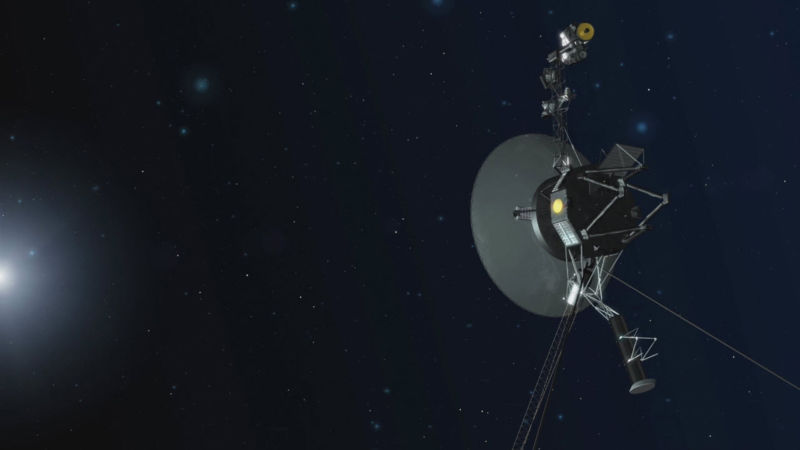
Voyager 1 thrusters activated by NASA after decades-long sleep.
At present, the Voyager 1 spacecraft is 21 billion kilometers from Earth, or about 141 times the distance between the Earth and Sun. It has, in fact, moved beyond our Solar System into interstellar space. However, we can still communicate with Voyager across that distance.
This week, the scientists and engineers on the Voyager team did something very special. They commanded the spacecraft to fire a set of four trajectory thrusters for the first time in 37 years to determine their ability to orient the spacecraft using 10-millisecond pulses.
After sending the commands on Tuesday, it took 19 hours and 35 minutes for the signal to reach Voyager. Then, the Earth-bound spacecraft team had to wait another 19 hours and 35 minutes to see if the spacecraft responded. It did. After nearly four decades of dormancy, the Aerojet Rocketdyne manufactured thrusters fired perfectly.
“The Voyager team got more excited each time with each milestone in the thruster test. The mood was one of relief, joy, and incredulity after witnessing these well-rested thrusters pick up the baton as if no time had passed at all,” said Todd Barber, a propulsion engineer at the Jet Propulsion Laboratory in California.
In recent decades, Voyager had been relying on its primary thrusters to keep the spacecraft properly oriented so that it can maintain a communications link with Earth. But these attitude control thrusters have been degrading over time, requiring more and more energy each time they’ve been used.
By switching to the spacecraft’s “trajectory correction maneuver” thrusters, last used during the spacecraft’s encounter with Saturn in 1980, engineers say they will be able to extend the lifetime of Voyager by two or three more years before its waning power reserves expire.













